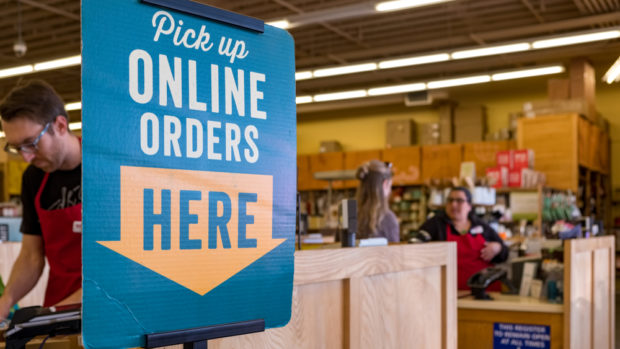
As peak season approaches and millions of online transactions are processed, businesses are at particular risk from fraudulent activity.
Many retailers accept chargebacks as part and parcel of doing business but they cost 0.47 per cent of their total revenue each year. Our own research also found that 43 per cent of UK retailers report chargebacks as a significant cost to their operations.
It’s well known in the industry that chargebacks tend to side with the customer; specifically designed to help them reclaim funds. Once processed, the card issuer demands a reversal of the payment, no questions asked. This means banks and card companies don’t need a great deal of information or proof from their customers to make their case.
But if chargebacks aren’t contested, you can lose out in a number of ways: revenue from the sale, the cost of shipping an item, and the chargeback fee from the acquirer.
Retailer margins are being squeezed in face of an economic downturn, so there’s more pressure than ever to reign in chargebacks and more appetite to contest them. In face of this, it’s important to know when you can contest a chargeback. It’s also important to be aware of the precautionary steps you should take to prevent them in the first place.
When to contest chargebacks
According to research 44 per cent of shoppers filed at least one chargeback in the last year. The survey of 1,000 people, found the most common reasons for chargebacks being that items were never received, or that products weren’t what they’d expected.
But a separate study by Expert Market found that up to 86 per cent of chargebacks are probably cases of ‘friendly fraud.’ This can take a variety of forms, from the consumer forgetting about a transaction, discovering a forgotten purchase and not wanting to pay for it, or not being willing to put up with a lengthy delivery period (particularly relevant in the light of recent mail strikes).
To be confident in disputing a fraudulent chargeback, you need to know the meaning of the dispute reason code. You’ll need to build a case with as much evidence as possible. Collect all data points that will help including establishing a link between the cardholder and the person receiving the item or service. Things to look out for are: evidence of the customer’s previous undisputed purchases, proof of delivery and the cardholder’s address, and any contact they’ve had with your customer service team. It’s also important to note each issuer has their own specific guidelines, so American Express, Visa and Mastercard will all follow slight variations of a chargeback process to collect funds back.
The right precautionary defences
Preventing chargebacks is more important than contesting them. Even if the chargeback defence document is accepted by the issuer and the dispute is won, it’ll still count against your chargeback ratio. This puts you in danger of falling into the scheme programs based on your chargeback count and percentage.
Disputing chargebacks can also be a huge drain on your resources.
Chargebacks can’t be completely avoided, but you can take steps to reduce them. Areas to prioritise include: making returns easier, ensuring the refund process is quick and simple, and that you have a clear, jargon-free returns policy on your website. Lots of this responsibility can sit in your customer service teams. But your fraud and risk teams should also be taking precautionary steps to ensure compliant processes are in place. You’ll also need to work closely with your tech support teams to ensure the payment data tells you what you need to know.
Fraud defence mechanisms include using 3D Secure 2.0 (3DS2) – a tool that helps the customer authenticate themselves during the payment process to confirm they are who they say they are. 3DS2 is an improvement on the original 3D Secure as it allows for better risk-based analysis within the customer purchase. Most European businesses implemented 3DS2 when Strong Customer Authentication requirements came into effect for transactions above £25. Our research shows that just 73 per cent of UK retailers have a solution in place to manage SCA, meaning they could be losing out on valuable transactions.
If you haven’t enabled 3DS2, it becomes much more difficult to dispute a chargeback, and you’ll need to collect a host of data. Some payment providers, like Adyen, will take care of this compliance for you so you don’t need to worry that the correct transactions are being routed via SCA.
Adyen can also automatically defend chargebacks if the case is straightforward. For example, if you’ve already refunded a transaction before the cardholder filed for the chargeback, our auto-defence feature will defend it with no action needed on your part. Once a chargeback has been submitted for defence, whether automatically or manually, the card issuer will review what has been provided and they will accept or decline it based on how compelling the evidence was.
In an unpredictable economic environment, it’s important to prevent fraud and ensure you’re taking as much revenue as possible. As peak season fast approaches, make sure your payments provider and risk management system are set up to properly to ensure you’re collecting the right data. This will help you identify customers who regularly file chargebacks and could be committing friendly fraud. Ultimately, it will give you the confidence to contest chargebacks, protecting your revenue at a crucial time.








Share